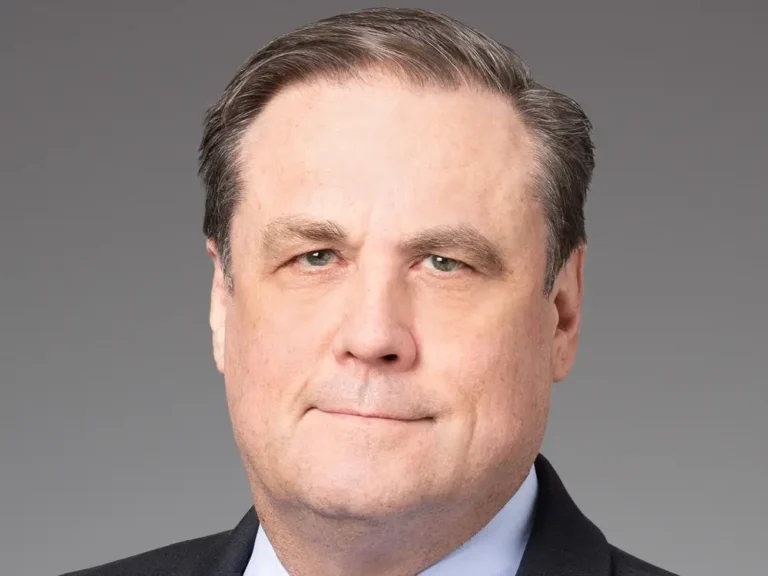A top Amazon exec reveals how she’s using ‘Thursday Night Football’ to bring in new brands for the tech giant’s $38 billion ads business

- Amazon is growing its “Thursday Night Footbal” business through nontraditional sports advertisers.
- Amy McDevitt leads Amazon’s custom content team that touches many of the ads running on “TNF.”
- She laid out how she’s winning over new advertisers with custom and talent-led ads.
Fans won’t see beer ads on Prime Video’s “Thursday Night Football,” but they will see plenty of cereal and personal care commercials during games this fall.
Amy McDevitt, Amazon’s head of sports brand partnerships, is instrumental in this effort. In an interview, she described how her six-person team works with non-endemics — brands that don’t sell on Amazon, such as insurance and finance — as well as brands that haven’t traditionally advertised around sports. McDevitt’s team has been a “driving force behind their decision to partner with Amazon,” she said in some cases.
“There are a lot of brands that maybe wanted to test and learn because they’ve partnered with Amazon in the past, and now we have this amazing product of ‘Thursday Night Football,’ so they’re extending their partnership into that space,” McDevitt explained to Insider. “And then there may be others who are new to Amazon because they have long been NFL partners.”
Non-endemic advertisers have been critical to Amazon’s ability to broaden its ad business, which is expected to total $38 billion in 2022.
Last year, Amazon struck a $11 billion deal with the NFL to become the exclusive streamer of “TNF,” as part of the tech behemoth’s bid to become a mainstream sports player. Now, the company must work hard to recoup its losses after underdelivering on some campaigns last year and initially turning off some advertisers with too aggressive ad rates. It’s luring advertisers this year with popular matchups, lower rates, and new features. The season begins on September 14.
Amazon’s pitch includes retargeting customers with different messages across its properties. It has been well received by grocery brands that sell on the site. Raquel Navarrski, a General Mills executive, said on a panel at NYC TV Week on Monday that this feature was a key selling point in her company’s decision to advertise on “TNF” this year.
The cereal company also liked the ability to buy a single spot and place different advertisements for different audiences. Another advantage was the ability to use “TNF” talent (Amazon would not specify what it considers “talent”) to sell its products, according to Navarrski.
“You don’t see a lot of cereal advertising in the NFL,” McDevitt pointed out. “That just speaks to the forward-thinking nature of their company, that they’re willing to mix it up and try new things.”
Another aspect of the pitch is creating ads that are relevant to the day’s matchup. Amazon created custom ads for DraftKings last year, featuring “TNF” analysts Ryan Fitzpatrick and Richard Sherman previewing a same-game betting parlay. Instead of running an ad from a previous advertiser, McDevitt’s team could create one that, for example, features athletes from the night’s host city.
“It’s much more interesting if you have two teams playing and you’re somehow including a nod to that week’s game versus something that was clearly shot in July.” “As a result, we’re doing a lot more of that,” she explained.
Another way Amazon is attracting interest from brands that don’t have traditional shopping messages is through its first Black Friday game on November 24 (Miami Dolphins vs. New York Jets). The match will be shown for free on Prime Video, providing advertisers with a larger audience than those with an Amazon Prime membership (Amazon had 168 million members as of 2022, according to CIRP).
“Some brands are thinking, ‘OK, even if I don’t have a doorbuster deal or anything, how can I speak to audiences through that Black Friday lens?'” McDevitt explained. “Brands that may have nothing to do with holiday shopping will revamp how they communicate with consumers with some media creative that day.”
Amazon is also experimenting with dynamic advertising, a more targeted form of messaging that is tailored to the individual (i.e. with copy or promotion), which could have significant implications for some advertisers. Some brands want to be able to target specific audiences in this way, but most advertisers who buy around sports are looking for broad reach.
“It’s definitely something on the radar,” McDevitt said, without going into further detail. “Essentially, there is going to be an opportunity.”
Aside from non-endemic ads featuring “TNF” talent, fans can expect to see more spots with gender equality themes.
“I’m seeing an increase in people who want to include women in their messaging, reach women, promote women’s sports, or integrate female storytelling,” McDevitt said. “It seemed like women were a part of a lot of RFPs, and it was just figuring out how to reach them, include them in creative, or shine a spotlight on what brands are doing with women.”






